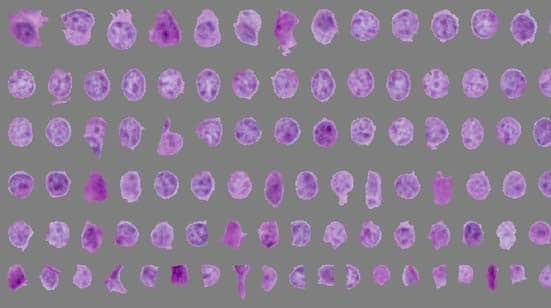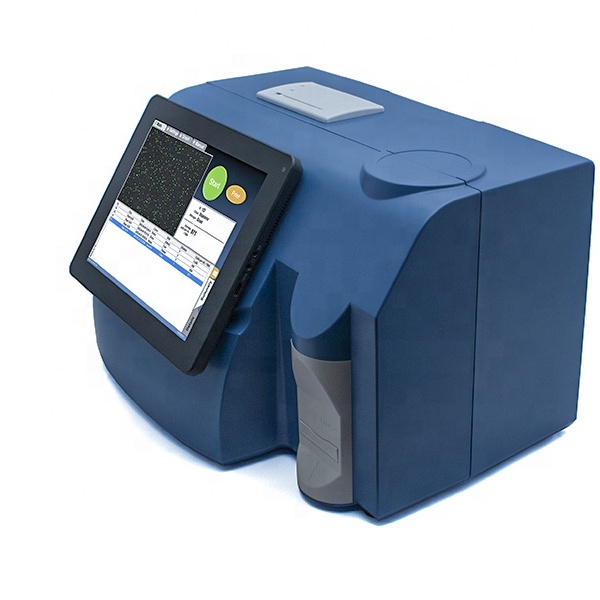Cell Counter
Showing the single result
Showing the single result
A cell counter is a laboratory instrument or software that is used to count the number of cells in a sample. Cell counting is a fundamental task in many areas of biology and medicine, and it is important for a wide range of applications, including cell culture, drug discovery, and medical diagnosis.
Manual cell counting can be time-consuming, tedious, and error-prone, and it requires a high level of skill and experience. Automated cell counters have been developed to improve the accuracy and efficiency of cell counting, and they are widely used in research labs, medical clinics, and industrial settings.
Automated cell counters use various techniques to count cells, including image analysis, impedance measurement, and fluorescence detection. Image-based cell counters typically use digital microscopy and computer algorithms to identify and count cells based on their morphology, size, and staining properties. Impedance-based cell counters use electrodes to measure changes in electrical impedance caused by the presence of cells in a solution. Fluorescence-based cell counters use fluorescent dyes that bind to specific cellular components, allowing the cells to be detected and counted using a fluorescence microscope or flow cytometer.
Cell counters are available in a range of sizes and capacities, from handheld devices that can count cells in a small sample to high-throughput systems that can analyze thousands of samples per day. The choice of cell counter depends on the specific application, the type of cells being counted, and the throughput requirements of the laboratory or facility.


